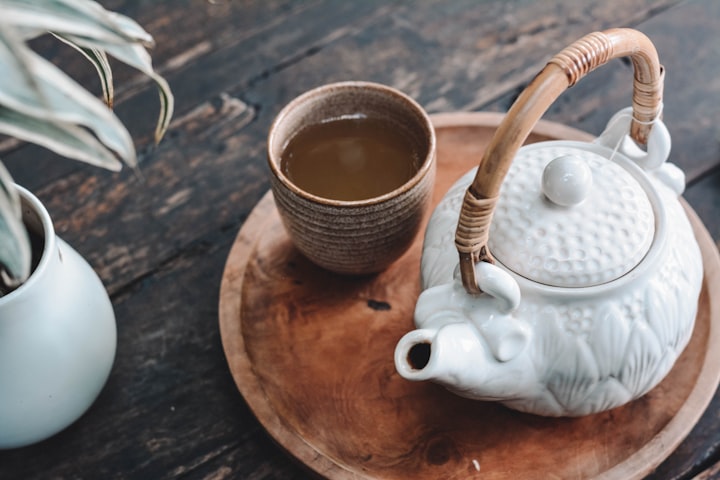
What is hip Flexors?
Hip flexors are a group of muscles located in the front of the hip joint. They are responsible for bending the hip, or flexing the thigh toward the torso. The primary hip flexors are the iliopsoas, rectus femoris, and sartorius muscles. Together, they are responsible for hip flexion, which is the movement of bringing the thigh up toward the torso.
The iliopsoas is the main hip flexor, and it is located in the lower abdomen and attaches to the top of the femur. It is responsible for the majority of hip flexion and is important for walking and running. The rectus femoris is located on the front of the thigh and attaches to the pelvis. It helps to flex the hip and also helps with knee flexion. The sartorius is a long, thin muscle that runs diagonally across the thigh and attaches to the top of the tibia. It is responsible for hip flexion as well as thigh and knee rotation.
The hip flexors are used in many everyday activities such as walking, running, and climbing stairs. Weak hip flexors can lead to a decrease in mobility, stability, and balance, as well as back pain. It is important to keep the hip flexors strong and flexible in order to maintain good posture and prevent injury.
Regular stretching and strengthening exercises can help to keep the hip flexors healthy and strong. Stretches such as the standing hip flexor stretch and the kneeling hip flexor stretch can be used to increase flexibility. Strengthening exercises such as bodyweight squats, lunges, and step-ups can be used to increase strength.
>>Click here to Fix your Back Pain Problem<<
What are the reasons of hip flexors?

1. Poor posture: Sitting for long periods of time with poor posture can contribute to tight hip flexors.
2. Overuse: Overuse of hip flexors can contribute to tightness. This can include activities such as running, cycling, or other sports.
3. Injury: Injury to the hip flexors can also contribute to tightness. This can include a muscle strain, tendonitis, or other injury.
4. Age: Aging can also play a role in tight hip flexors. As we age, our muscles become less flexible and our range of motion decreases.
5. Lack of exercise: A lack of regular exercise can contribute to tight hip flexors. Without regular stretching and strengthening exercises, hip flexors can become tight and uncomfortable.

Important to keep these muscles strong and healthy?
There are several reasons why it is important to keep these muscles strong and healthy.
1. Mobility: Hip flexors are responsible for helping us move in a variety of directions including forward, backward, side to side, and in circles. Weak hip flexors can limit our ability to move freely, making everyday activities such as walking, running, or climbing stairs more difficult.
2. Balance: As we move, our hip flexors help us maintain balance. Weak hip flexors can make it difficult to maintain our balance, which can increase the risk of falls.
3. Injury prevention: Stretching and strengthening the hip flexors can help to prevent injuries such as strains, tears, and sprains. Strong hip flexors can help to absorb shock and protect the joints from further damage.
4. Posture: Tight hip flexors can lead to a hunched over posture, which can cause back and neck pain. Strengthening the hip flexors can help to improve posture and reduce pain.
5. Athletic performance: Strong hip flexors are important for athletes, as they are essential for generating power and speed. Weak hip flexors can reduce performance and increase the risk of injury.
6. Core strength: The hip flexors are part of the core, which is the center of the body. Strengthening the hip flexors can help to improve overall core strength.
7. Flexibility: Weak hip flexors can lead to tightness in the hip and thigh area, which can reduce flexibility. Stretching and strengthening the hip flexors can help to improve flexibility and reduce stiffness.
>>Click here to Fix your Back Pain Problem<<
How to fix the hip flexors problem?
1. Start with a foam roller: A foam roller can be an effective way to help reduce tightness in the hip flexors. Start by lying on your back on the floor, with your feet hip-distance apart and your knees bent. Place the foam roller underneath your hips and roll up and down the length of your hips. This helps release tension and tightness in the hip flexors.
2. Do stretching exercises: Stretch your hip flexors by doing a series of stretching exercises. Start by standing up straight with your feet hip-distance apart. Then, take a big step forward with your left foot and lower your back knee towards the floor. Make sure your front knee is bent at a 90-degree angle and your back knee is almost touching the floor. Hold this position for 15-30 seconds and switch sides.
3. Strengthen the muscles: Strengthening the hip flexors is key to fixing the tightness problem. You can do exercises such as squats, lunges, hip bridges and glute bridges to help strengthen the muscles.
4. Improve your posture: Poor posture can lead to tightness in the hip flexors. Make sure to practice good posture throughout the day and avoid sitting for long periods of time.
5. Take breaks: Taking regular breaks throughout the day can help reduce tightness in the hip flexors. Get up and move around, even if it’s just for a few minutes.
6. Get a massage: Getting a massage can help release tension and tightness in the hip flexors. Massage therapists can use techniques such as myofascial release, deep tissue work and trigger point therapy to help release tightness.
7. Use a heating pad: Using a heating pad or hot water bottle on the affected area can help reduce tension and tightness in the hip flexors. Make sure to apply the heat for no more than 20 minutes at a time.
8. Avoid activities that aggravate the hip flexors: Certain activities such as running or cycling can aggravate the hip flexors and make the problem worse. Make sure to avoid these activities and focus on activities that don’t aggravate the hip flexors.
9. Get adequate rest: Make sure to get enough rest and sleep each night in order to give your body time to repair and heal.
10. See a doctor: If you’re still having difficulty with tightness in the hip flexors, it’s important to see a doctor. A doctor can help diagnose the problem and provide you with the best treatment plan.
>>Click here to Fix your Back Pain Problem<<
DISCLAIMER: THIS WEBSITE DOES NOT PROVIDE MEDICAL ADVICE
The information, including but not limited to, text, graphics, images and other material contained on this website are for informational purposes only. No material on this site is intended to be a substitute for professional medical advice, diagnosis or treatment. Always seek the advice of your physician or other qualified health care provider with any questions you may have regarding a medical condition or treatment and before undertaking a new health care regimen, and never disregard professional medical advice or delay in seeking it because of something you have read on this website
About the Creator
James Max
I am a blogger on Health and Software






Comments
There are no comments for this story
Be the first to respond and start the conversation.